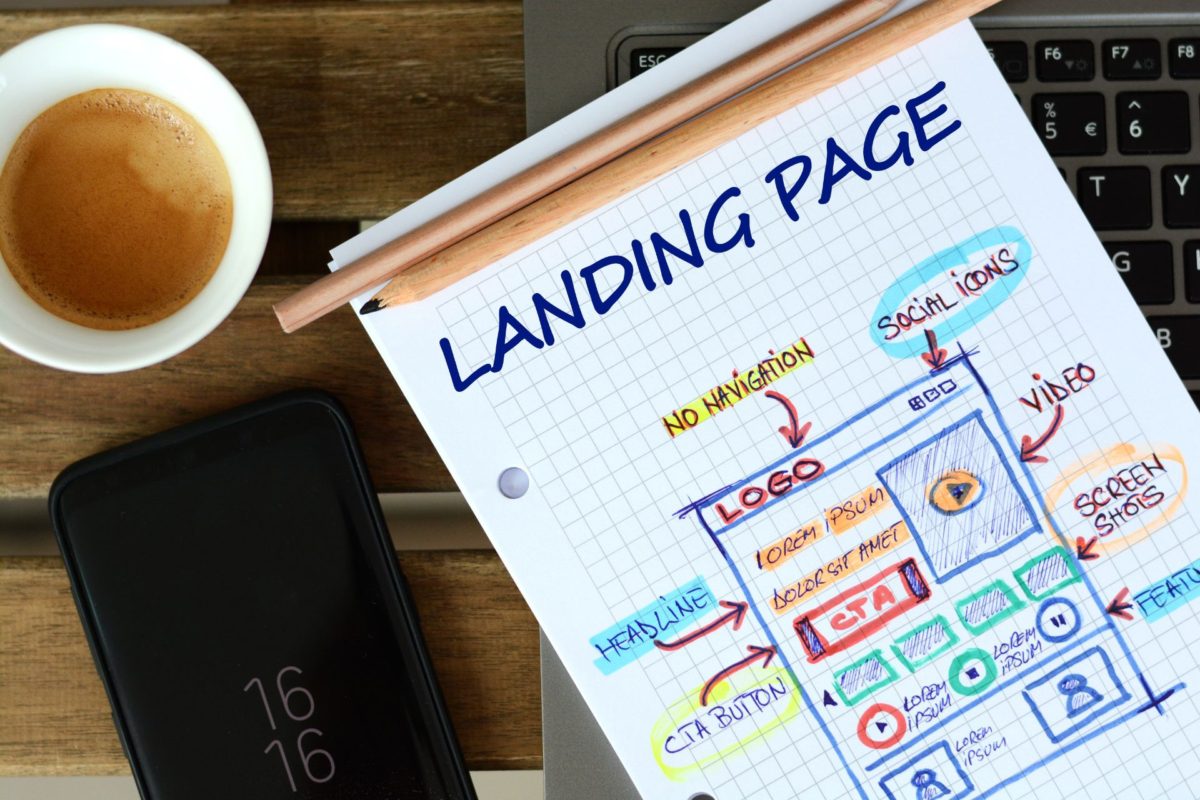This guide breaks down how to create a landing page that converts, guiding you through the process of selecting the right tools, crafting compelling content, designing with impact, and testing to ensure peak conversion rates.
MVP is a crucial concept that should be understood by every entrepreneur. What is it? What are the benefits of implementing it in your company? In this article we will answer both of these questions and provide numerous MVP examples that will surely inspire you on your journey to success. We encourage you to read it to clear up any confusion and learn more about how MVP can help your business grow.
Minimum viable product – what is it?
As already mentioned in the title of this article, MVP stands for “minimum viable product,” which is the minimum version of a product that a company can release to gain initial customers and obtain feedback from them. This serves as a form of market research.
Some may use the term MVP interchangeably with prototype, but this would be incorrect. A prototype is a sample or model that reflects the appearance of a product, but is not intended for market release. It is created to conceptualize a business idea without using the whole budget.
For instance, during the process of developing software prototypes, they are typically given to specialized testers who analyze their performance from a technical standpoint. In contrast, a minimum viable product is designed to be launched on the market and gather feedback from potential customers.
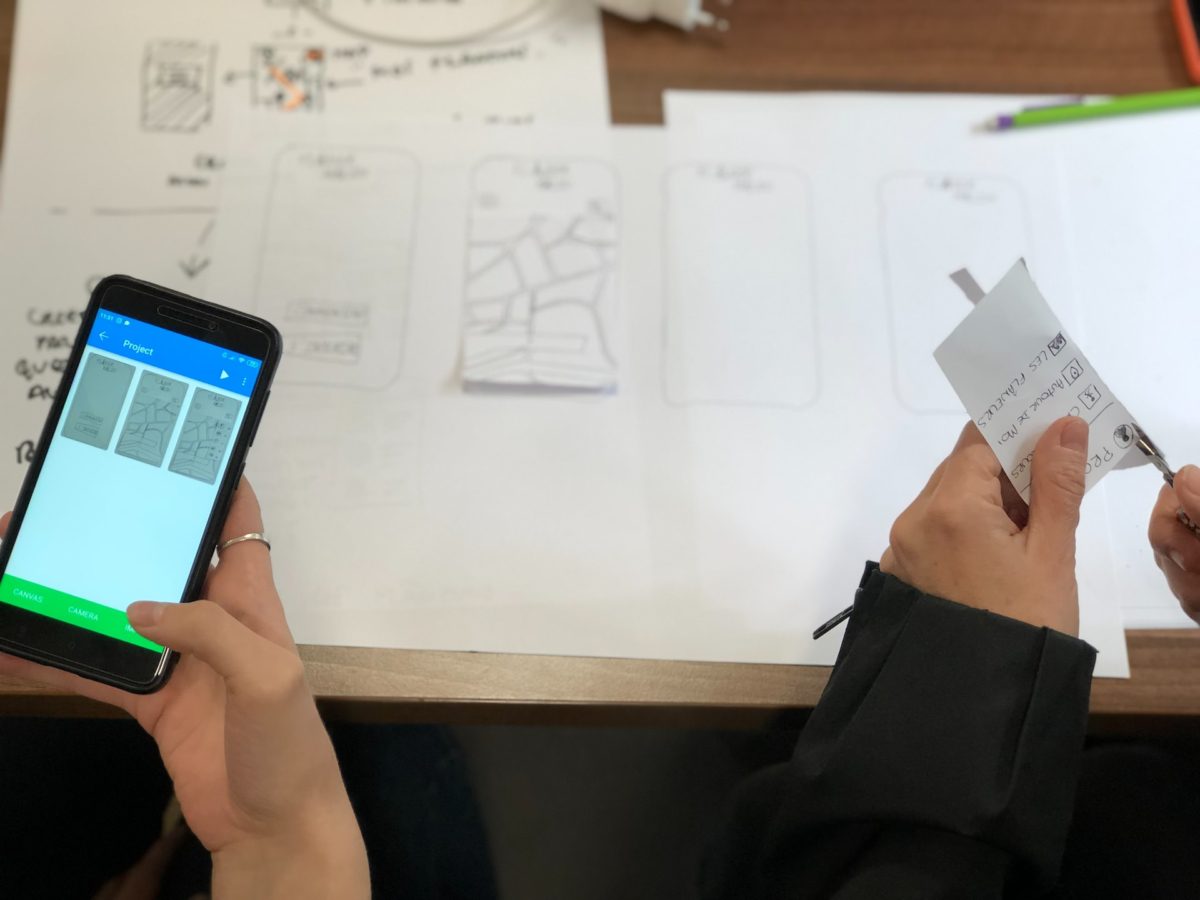
Difference between MVP and MMP
It is common to confuse the terms MVP and MMP, which stand for Minimum Viable Product and Minimum Marketable Product, respectively. However, it is important to understand that these concepts are distinct from one another. MMP is part of the agile development methodology and focuses on delivering products that will generate revenue for the company with minimal effort. On the other hand, MVP is centered on obtaining feedback to aid in the development of your project.
What is the origin of the concept of Minimum Viable Products (MVPs)?
The idea of Minimum Viable Product (MVP) is closely tied to the principles of the Lean Startup methodology. This approach views a startup as an experiment and its product as an innovation that will evolve over time if customers express interest in it. In line with this concept, an MVP is allowed to be imperfect and may lack more complex features that will be added in later stages.
Despite any limitations, the product must still be capable of reaching the target audience and functioning well enough to entice them to use it. This approach applies to startups offering both physical and digital products, as well as service based startups.
4 main types of MVP
Minimum Viable Products can be classified into four distinct types, each with a unique MVP strategy. It is crucial to choose the appropriate type of MVP that aligns with the industry, product, target audience, and opportunities. The ideal approach for a RFP for software development project would differ significantly from that of an insurance brokerage service or a shoe retailer.
Concierge MVP
Concierge MVP involves providing individual assistance to users in determining whether they require a product or service. For instance, Manuel Rosso, the founder of Food on the Table, initially lacked a website or a definite product to sell. Instead, he offered to create custom recipes and grocery lists during in-store visits for a monthly fee of $10. This exemplifies the use of concierge MVP and appears to have been successful.
Oz MVP based on Wizard of Oz
The Wizard of Oz model is named after the famous movie because it parallels the storyline in which the main character is actually a different person than he appears to be. The Oz MVP model assumes that users are subtly enchanted. This means that a product, that looks to work flawlessly from the outside, despite many internal processes not yet being perfected, is introduced to the market.
For instance, if you have an application where the system automatically generates responses to user queries, you may not fully automate the process at the outset and instead personally reply to each message yourself
Landing Page MVP
A landing page is a type of a website that showcases a specific offer, provides a product description, demonstrates how to use it, and includes a prominent Call to Action button (e.g., encouraging users to subscribe to a mailing list). By utilizing a landing page, you can conduct market research to gauge interest in a product and collect contact information from potential clients.
Email MVP
If you already have a customer base and plan to launch a new product or service, you can start by sending an email to check if it attracts its members. If the response is positive, you can proceed with developing the product idea.
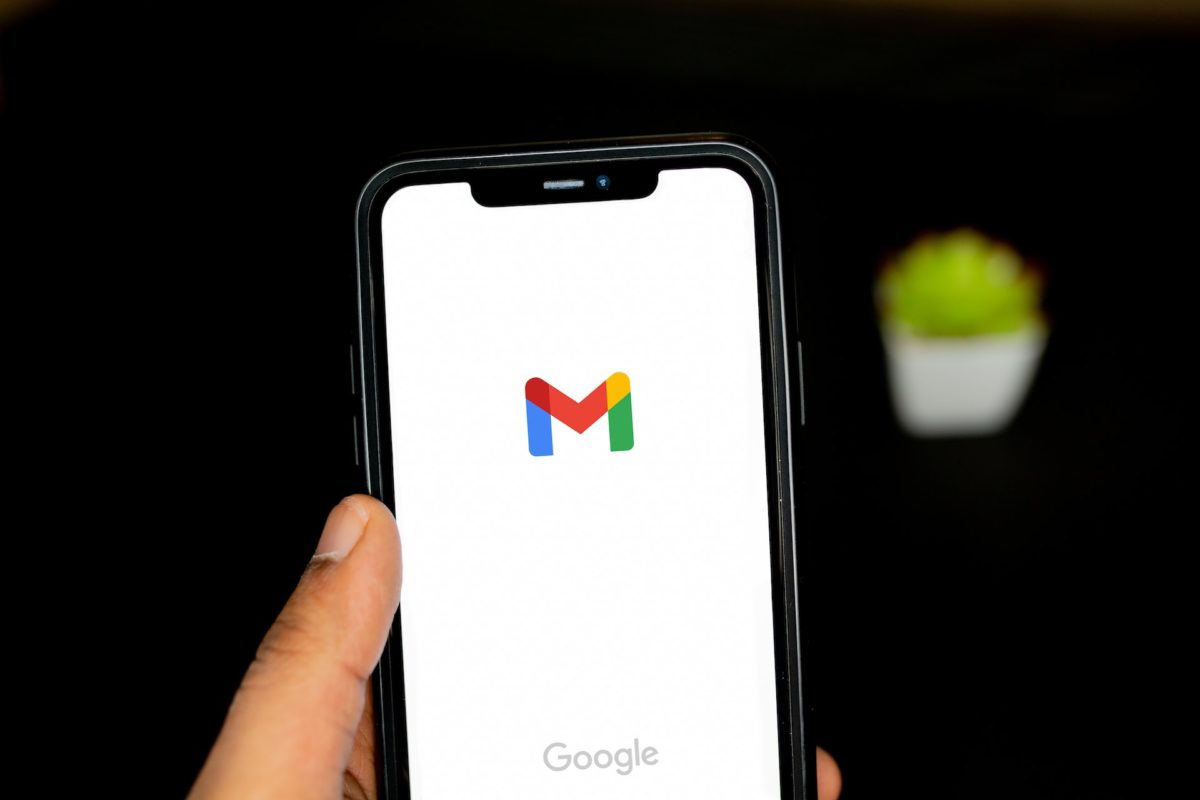
Should you consider creating a Minimum Viable Product (MVP)?
Launching minimum viable products can be very beneficial for entrepreneurs, as it enables them to conduct testing and collect valuable information without investing excessive resources into product development. By doing so, business owners can avoid bad investments and guide their development team towards the correct path for MVP product development.
Top Benefits of Minimum Viable Products
Releasing minimum viable products has several advantages, including:
- Quickly verifying the idea and assumptions of the project
- Identifying problems at the initial stage of work
- Gaining a better understanding of the needs of the target audience
- Saving time and money
- Lowering the risk of making a wrong investment
- Obtaining ready-made ideas for MVP development from potential clients
- Creating better and more refined products.
What is the cost of not releasing a Minimum Viable Product?
Entrepreneurs often make the mistake of continuously developing their product, creating extensive versions and striving for perfection before releasing it to the market.
Imagine spending several years working on web application development with a team of developers, graphic designers, and marketing specialists. You keep polishing it, constantly adding new features, and looking for innovative solutions. But when you finally launch it, you discover that users are not interested because the general product features are not useful, which means that you have wasted time and money. You may be fortunate enough to modify some of the elements to encourage customer use, but what if reviews are negative, interest is zero, and feedback is “we will not use it even if you add 100 complex features”? Unfortunately, you will face not only a professional setback but also a significant financial loss.
Opting for a Minimum Viable Product saves you both stress and costs by launching a product that enables you to find out if clients will find it interesting and which piecemeal MVP you can improve or remove altogether.

Is a minimum viable product an unfinished product?
Many people believe that creating a minimum viable product means releasing an unfinished product, which would be unfair to potential customers. This is a common misconception. An MVP is a product that is ready enough for the target audience to evaluate its value. It is not the earliest prototype that is unappealing and misleading. It is a complete product that customers can get to know, test, and provide feedback on what is good and what needs to be improved. However, to achieve the expected goal, the minimum viable product must have core functionality.
For instance, if you create an application for registering for state-subsidized training, it must be possible to submit a form in just a few minutes. Otherwise, the product would be useless. Later, you can refine the application by providing new features, graphics, or content. But a single feature MVP that will not change, such as the ability to submit a form, must work flawlessly from the beginning. The final product might be different, but the basic functionality cannot be altered.
Interesting minimum viable product examples
Let’s now turn our attention to some of the most inspiring examples of MVP.
Facebook – one of the best MVP examples
It is fitting to start this list with the social media giant, Facebook, which was started by Mark Zuckerberg with a minimum viable product. Initially, the platform was created to connect students at Harvard through a service where they could create posts under their own name.
The minimum version of the product was launched to just four universities — Harvard, Yale, Columbia, and Stanford. Positive feedback from users prompted the expansion of the product to a wider audience, leading to massive MVP development. Today, Facebook is a well-known success story and a powerhouse in the industry.

iPhone by Apple – a regular product that became a market leader
The iPhone is currently one of the most popular smartphones in the world with a wide range of capabilities. It enables us to make calls, send text messages, take photos, browse the internet, use social media platforms, play games, make payments and perform many other important tasks.
However, did you know that when the iPhone was first introduced, it had just one feature, which was making phone calls? It did not even allow users to send SMS. Nevertheless, in those days, having the ability to make calls from a small, compact device was groundbreaking. By launching the iPhone as an MVP product with just the core components, it was possible to refine it and add more, much more advanced system elements that customers needed.
Uber – San Francisco-based app that is now operational in 70 countries
Uber is another example of a product that was initially launched as a minimum viable product. At the beginning, the business model involved developing an app called UberCab, which was only used by the founder of Uber and his friends to pick up customers in San Francisco. They started with a single feature MVP, which was the core of their business. Later, the app was expanded, but initially, it was only available to iPhone users.
The original idea was that clients could book a taxi via a text message. Today, Uber is one of successful examples of a Minimum Viable Product that evolved beyond expectations, as it operates in 70 countries and offers many additional functionalities, such as live tracking and different types of rides to choose from. It is worth drawing inspiration from this company.
Spotify – from a small Swedish music platform to millions of users today
Spotify, the platform that enables users to listen to any music, podcasts and create playlists, was once an MVP product. The idea behind it was to provide free music streaming software and monetize it with ads. The founders of the brand decided to test their idea with a wider audience and only implement further possibilities after receiving feedback.
They began with a web application, which they shared with a close circle, only adding Swedish musicians to it. Once there was interest in the idea, they moved on. By the time they reached the US target market, they knew they had a gold mine in their hands.
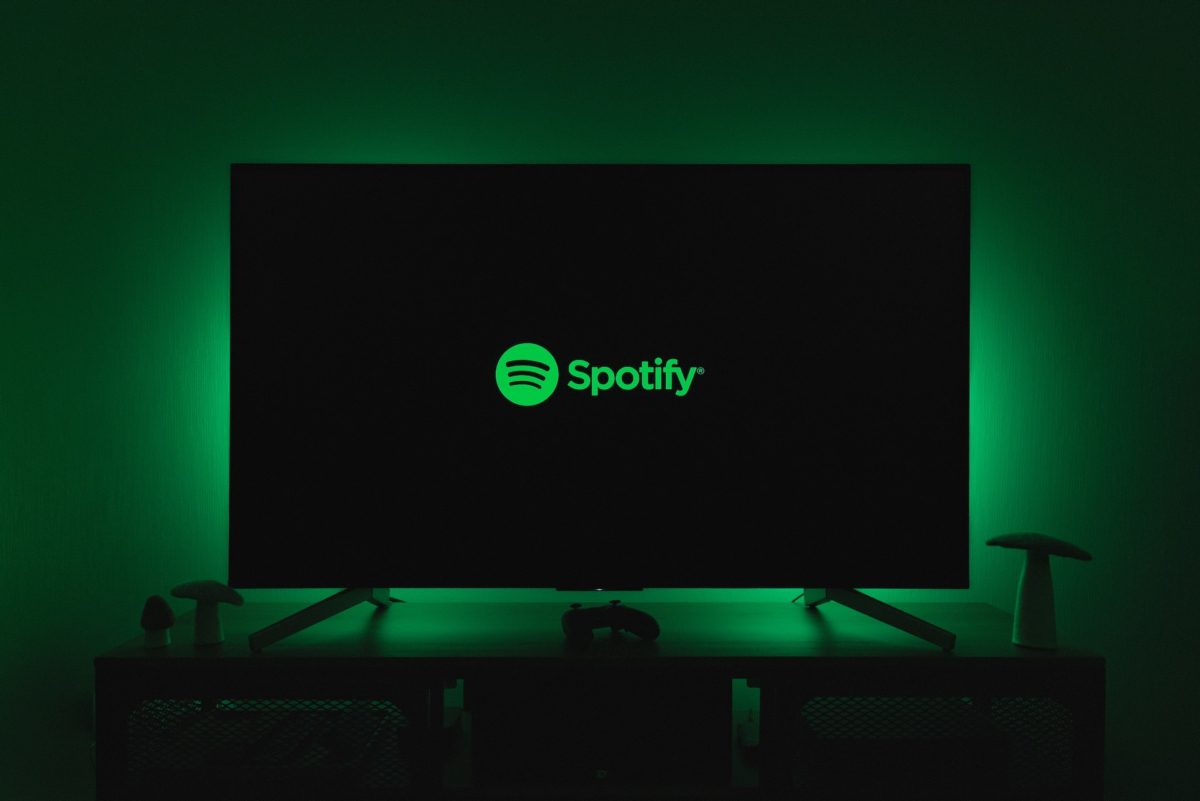
Amazon – a large retail giant with multiple brands
What if we told you that the retail giant Amazon started as a minimal product featuring only a bookstore? Founder Jeff Bezos brainstormed 20 product ideas, ultimately choosing books as the most profitable.
The initial website was extremely basic, featuring only book catalogs. When clients placed orders, Amazon purchased the books from distributors and delivered them by courier. This simple platform provided valuable insights into customer needs and paved the way for Amazon’s development into the multi-brand giant we know today. This is a prime example of a successful MVP strategy.
Get inspired by Amazon’s captivating footer design in our article featuring creative website footer examples.
Buffer – a landing page that simplifies life for millions of people today
Buffer is a well-known brand among those who deal with social media publishing, such as social media managers, marketing agencies, influencers, and creators. It provides a platform to plan and publish content across various social media platforms.
Buffer is a great example of a good MVP approach. The founder of Buffer understood that it was important to release a minimum version of the product, as there was no certainty regarding which functionalities were most important to users. So, instead of launching the finished product, he released a landing page that showcased the application and its benefits. He used his email list to contact potential users and gather feedback to refine the product. This is how the journey from a simple landing page to a complete application took place.
Dropbox – transforming an idea into a multi-million dollar business
Dropbox, the cloud storage platform, is a household name today. But did you know that the founders of this business concept were not initially convinced it was a viable idea? Testing the website would have been too expensive, so instead, they created a short video showcasing how Dropbox works and its benefits, and asked for feedback from seventy thousand people. This turned out to be a successful MVP, which required minimal financial investment but plenty of commitment. Its success shows that a great idea can go a long way with the right approach.
Airbnb – a story of how personal problems resulted in a profitable business
Airbnb is a platform that allows people to rent apartments, and it all began with a personal problem faced by its founders. Brian Chesky and Joe Gebbia could not afford to rent a whole place in San Francisco on their own, so they decided to rent out their living room with a bed and serve homemade breakfasts.
To test the idea, they created a simple landing page with pictures of their apartment, which turned out to be an effective minimum viable product example. The idea quickly gained traction, and more people wanted to offer their homes or take advantage of the service. Based on customer feedback, Airbnb’s owners developed the MVP into a more cohesive product, which has since become a massive success.
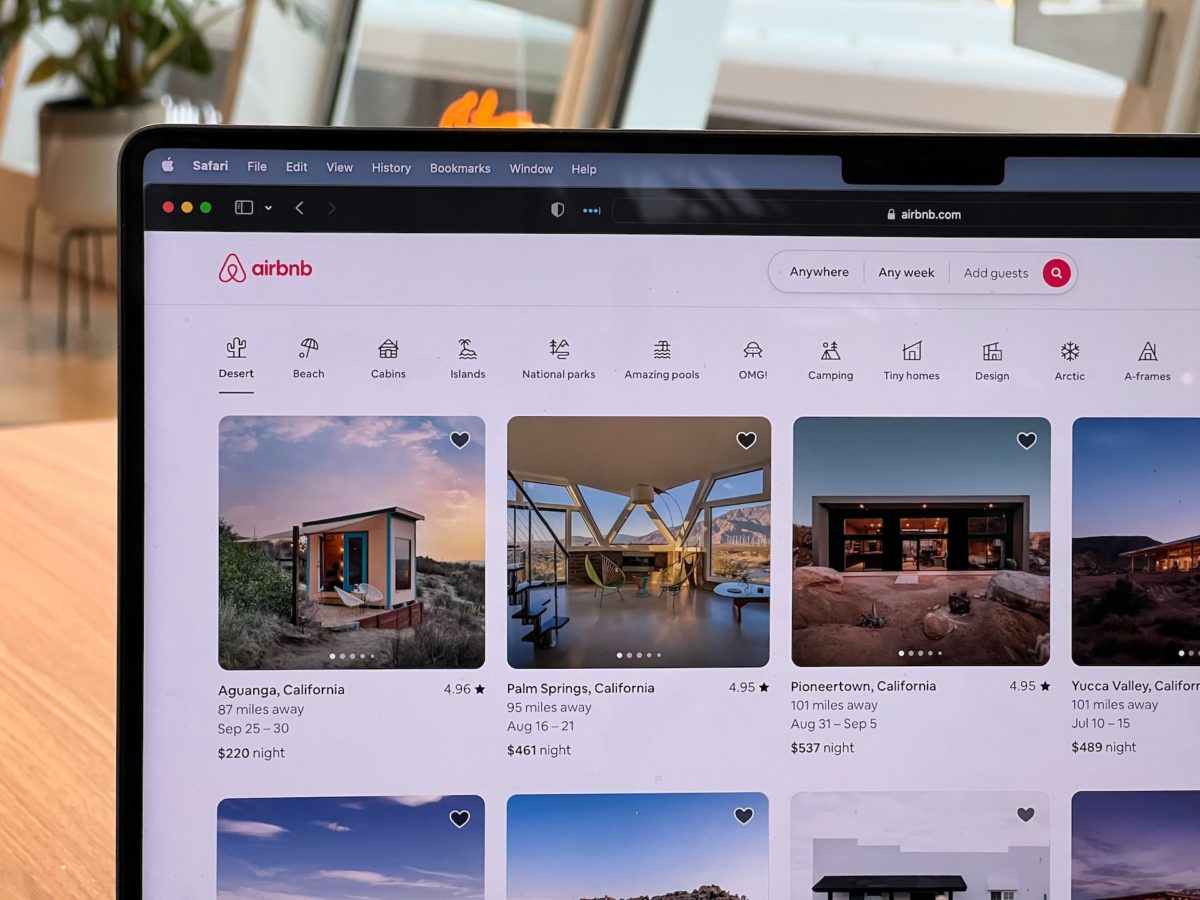
Zalando – from a vague concept into a thriving corporation
Zalando, one of the most well-known stores in the market, began as a minimum viable product. The founder created a landing page called Ifansho in 2008 and uploaded pictures of shoes from shoe stores. Ifansho is another interesting minimum viable product example. When the first order was received, one of the employees went to the store, purchased the selected shoe model, and shipped it. This marked the beginning of the story of this multi-brand store, which today generates billions of dollars.
Instagram – once a basic website, now a multifunctional platform
Our journey began with a social media giant and it will end with one. Instagram, which currently is the most popular social media platform, serves as one of the most outstanding MVP examples.
Initially, it was designed solely for the swift upload, filtering, and sharing of photos among friends. Presently, it has evolved to offer more than just a platform for images; it enables users to add short-lived video snippets, share video reels, exchange messages, and comment on content. Furthermore, Instagram has transformed into a significant workspace for many individuals.
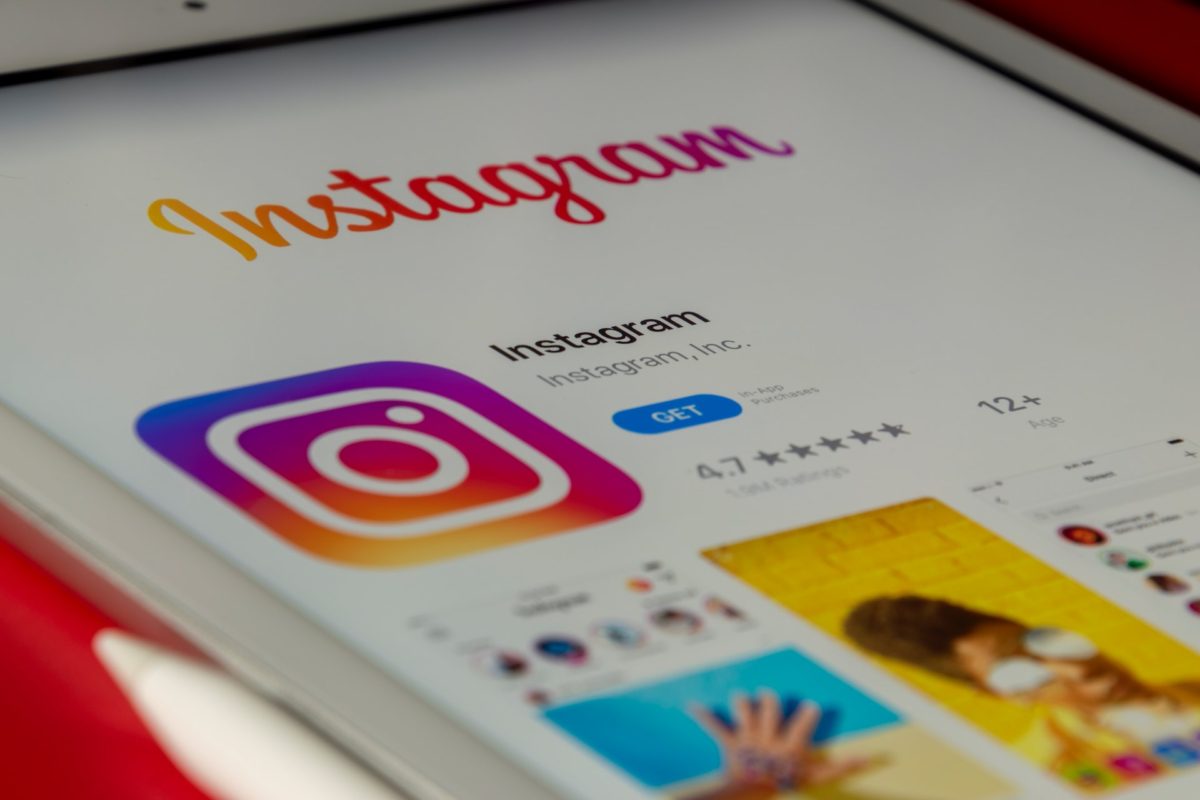
How to measure the success of a minimum viable product?
Ultimately, what are the reliable techniques to gauge the triumph of a minimum viable product? Below are some validated approaches.
Valuable feedback
There is no metric that carries greater significance than the feedback received from potential users or customers. The more insights you can get from them regarding a particular product version, the better you can cater to their needs. Do not hesitate to pose direct queries to your target audience and be sure to attentively heed all their responses. You may discover that you have overlooked crucial aspects of the product, and you do not want to include undesirable features that could hamper their experience.
Engagement
There are several ways to quantify engagement, and you should select the one that aligns best with your business. For instance, you could track the number of social media mentions your project receives or evaluate the number of times it has been featured in blog rankings.
Percentage of active users
It is important to continually monitor the ratings and feedback provided by users who frequently interact with your products. Such information is incredibly valuable and can provide ample opportunities for learning and growth. Additionally, it is crucial to keep tabs on the proportion of active users. Even a simple WordPress website can offer access to such data.
Key metrics for SaaS products
You should keep in mind all of the parameters associated with the SaaS business model that require measurement. These include critical indicators such as CAC (Customer Acquisition Cost), MRR (Monthly Recurring Revenue), LTV (Lifetime Value), and RR (Customer Retention Rate).
AARRR
It is also worth noting the Pirate Metrics AARRR, which can help you effectively measure and optimize your users’ conversion funnel.
Minimum viable product – summary
In conclusion, the minimum viable product approach is an excellent option for those launching a new product and looking to avoid excessive spending on an unproven project. The following steps are worth considering:
- Select an appropriate MVP development strategy for the product, such as the Wizard of Oz or a landing page;
- Develop an initial plan for execution, drawing inspiration from MVP examples;
- Refine the project management framework and delegate tasks as needed. If you’re seeking professional assistance in creating an impactful user interface and seamless design, our web design service is here to help;
- Leverage all existing tools to bring a product with necessary core features to market;
- Gather and thoroughly analyze user feedback;
- Use customers’ opinions to decide whether it makes sense to continue developing the product or whether it is best to leave it at the MVP stage. Alternatively, the project may prove to be a complete startup failure, and it is better to abandon the idea altogether.
Now you understand what a minimum viable product is and why it is important to release one to the market. If you have already launched your own MVP and you are now seeking professionals specialized in software development for startups, please do not hesitate to contact us! We will create a project tailored to your needs and ensure that it meets all of your requirements.

